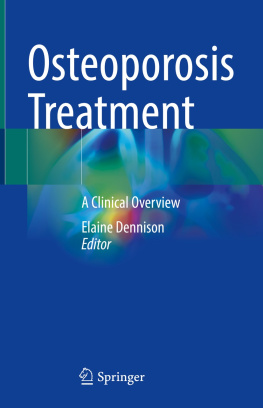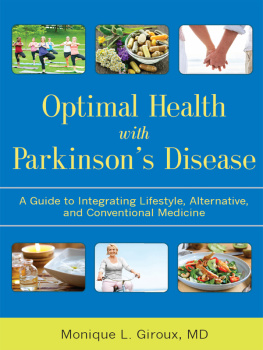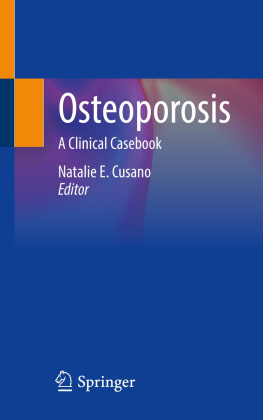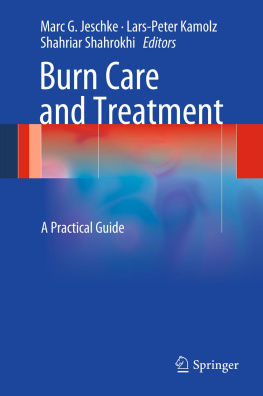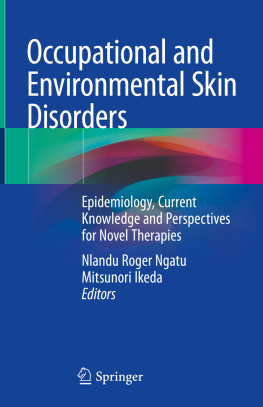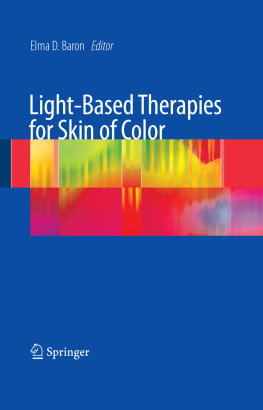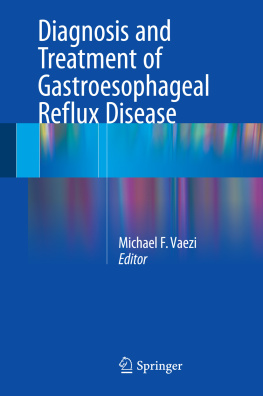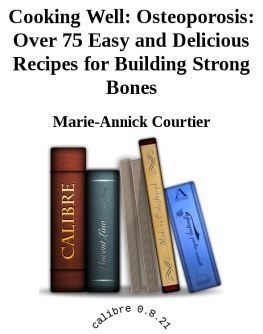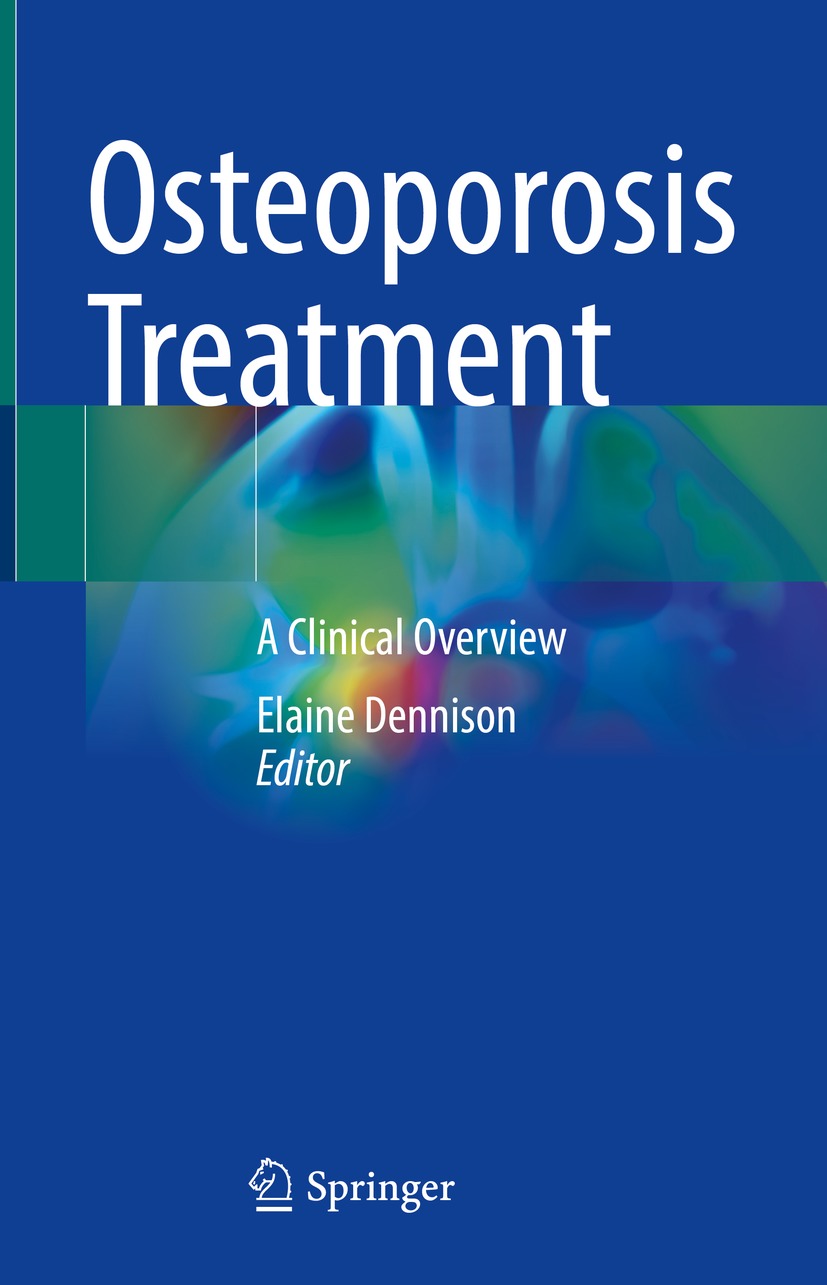Elaine Dennison (editor) - Osteoporosis Treatment: A Clinical Overview
Here you can read online Elaine Dennison (editor) - Osteoporosis Treatment: A Clinical Overview full text of the book (entire story) in english for free. Download pdf and epub, get meaning, cover and reviews about this ebook. year: 2021, publisher: Springer, genre: Romance novel. Description of the work, (preface) as well as reviews are available. Best literature library LitArk.com created for fans of good reading and offers a wide selection of genres:
Romance novel
Science fiction
Adventure
Detective
Science
History
Home and family
Prose
Art
Politics
Computer
Non-fiction
Religion
Business
Children
Humor
Choose a favorite category and find really read worthwhile books. Enjoy immersion in the world of imagination, feel the emotions of the characters or learn something new for yourself, make an fascinating discovery.
- Book:Osteoporosis Treatment: A Clinical Overview
- Author:
- Publisher:Springer
- Genre:
- Year:2021
- Rating:4 / 5
- Favourites:Add to favourites
- Your mark:
Osteoporosis Treatment: A Clinical Overview: summary, description and annotation
We offer to read an annotation, description, summary or preface (depends on what the author of the book "Osteoporosis Treatment: A Clinical Overview" wrote himself). If you haven't found the necessary information about the book — write in the comments, we will try to find it.
This book provides a practical overview of osteoporosis for the wide spectrum of clinicians that might encounter the osteoporotic patient. Concise and well-structured chapters examine the public health importance of the condition, the current treatment gap, how to identify individuals who would benefit from treatment, bone turnover and how this can be modified by osteoporosis therapies, adjuvant lifestyle modification, the calcium and vitamin D story, antiresorptive therapies, anabolic therapies, emerging therapies, adherence and compliance with therapy and the perception of fracture risk.
Osteoporosis Treatment: A Clinical Overview meets the need for a book that improves awareness of this major public health problem and possible therapeutic approaches. Primary care physicians, endocrinologists, rheumatologists, orthopaedic surgeons and those providing specialist care for the elderly will all benefit from this highly accessible and informative guide to treating osteoporosis.
Elaine Dennison (editor): author's other books
Who wrote Osteoporosis Treatment: A Clinical Overview? Find out the surname, the name of the author of the book and a list of all author's works by series.

